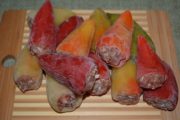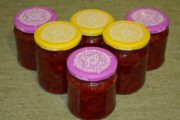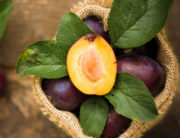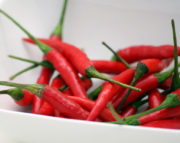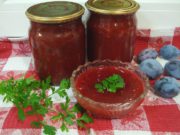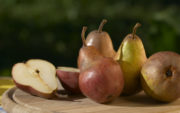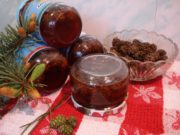Black currant: description of the berry, beneficial properties and contraindications.
Black currant is probably the most famous and beloved berry, with which childhood memories of delicious grandmother’s jam are associated, which was rightfully considered a panacea for almost all diseases.
And although a lot of time has passed since then, and medicine has achieved fantastic results in its development, nevertheless, healthy, juicy and rich in vitamins, black currant is still the first remedy for colds, indigestion and the treatment of anemia.
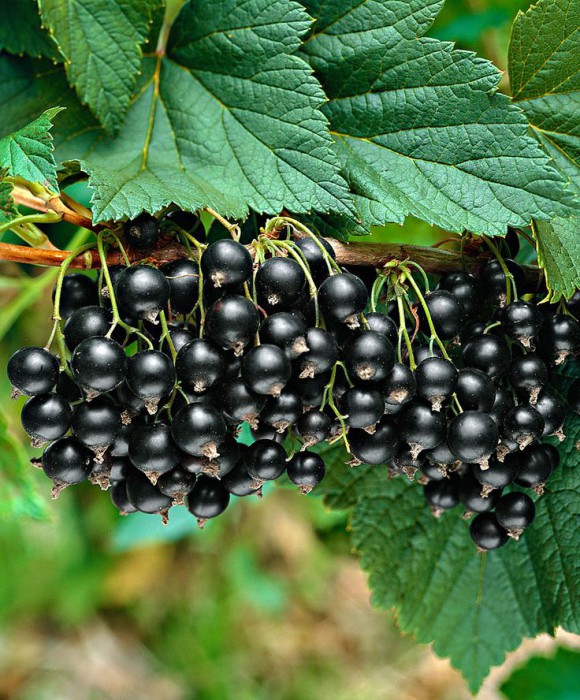
Photo. Black currant.
This small perennial berry bush of the Gooseberry family is widespread in Europe, central Russia, Siberia, Ukraine, China and northern Mongolia. The plant grows in individual bushes or entire thickets in the lower tier of mixed forests, among the coastal thickets of rivers, lakes, and in wet floodplain meadows. Currants bloom and bear fruit best on moist loams.

Photo. Black currant bush.
The leaves of the shrub are petiolate, alternate, 3 or 5 lobed with a characteristic aroma. The bush blooms in May with pinkish-white or purple flowers. The ripe fruit is a small spherical black berry with a mild sweet and sour taste.
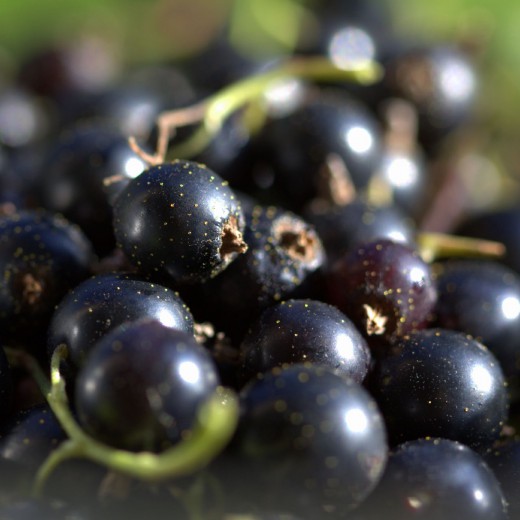
Photo. Black currant berries.
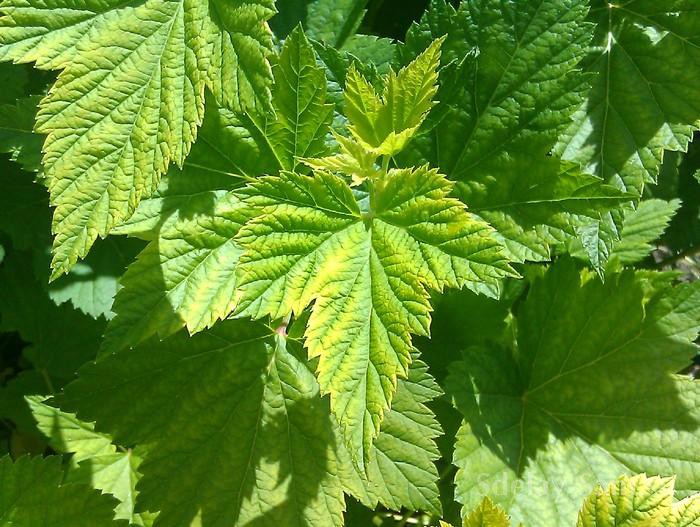
Photo. Black currant leaves.
Black currant contains a huge amount of useful substances: provitamins and vitamins (groups C, B, E, A, K), sugars, organic acids, essential compounds, tannins, micro and macroelements. The fruits of the plant contain such a high content of vitamins, in particular C, that to provide the body with the daily norm it is enough to eat only 30 - 40 berries. The fruits, decoction, and juice of blackcurrant are a good remedy for vitamin deficiency, stomach ulcers, gastritis and other diseases of the digestive system. Currants mashed with sugar perfectly increase hemoglobin. In addition, its berries are used as an effective tonic and vasodilator, a medicinal supplement in the treatment of gout and rheumatism. The beneficial properties of the plant include its ability to improve the functioning of the adrenal cortex, reduce sugar levels in diabetes, and normalize blood pressure. Currants, which belong to the products of a rational and healthy diet, are successfully used for fatigue, a weakened immune system, prevent cancer, and prevent the development of heart disease and atherosclerosis. Currant decoction has a wound-healing, anti-inflammatory, and antibacterial effect. A very healthy tea with an incredibly pleasant taste is brewed from the young branches of the plant.
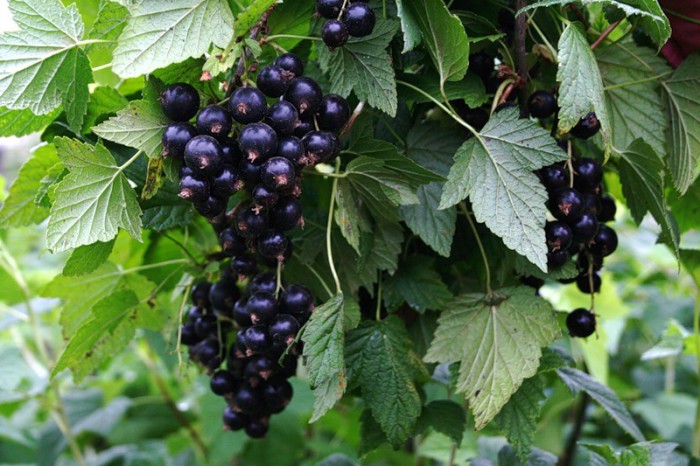
Photo. Sweet blackcurrant.
Fruits, dried leaves, currant buds are effectively used in cosmetology. The pulp from its fruits is the best remedy for eliminating age spots. Currant juice is used to strengthen nail plates. In folk medicine, decoctions from the buds, leaves and even branches of the plant are successfully used to treat eye diseases and dermatitis.An infusion of dry leaves of the plant promotes urination, treats throat diseases (sore throat, tonsillitis) and has a number of other healing properties.
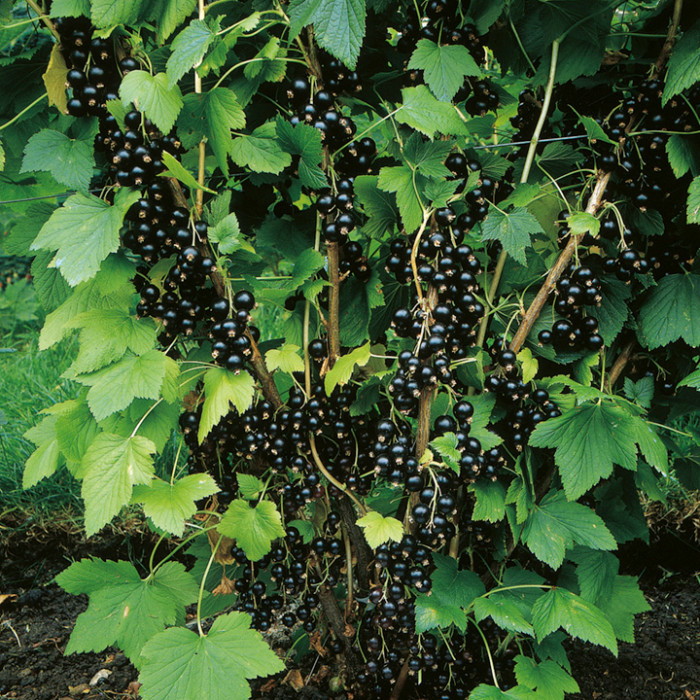
Photo. Fruitful large bush of black currant.
Fragrant, tender blackcurrant leaves are used in home canning. The leaves themselves are also preserved, which are then added to various salads or to prepare savory sauces.
In a word, the benefits of black currant are great, but is there any harm? We are not talking about harm, rather, about contraindications.
The few contraindications of black currant include some blood diseases and individual intolerance. Uncontrolled consumption of currants can cause increased blood clotting. In addition, it is contraindicated for people suffering from hyperacidity and hepatitis. Currants should not be eaten after a heart attack or stroke. Also, its use is not recommended for pregnant women.
If we have more or less figured out the description and beneficial properties of black currant, then the question arises: if black currant is such a healthy berry, then what preparations are made for the winter? Look for the answer to this question in the section: black currant - recipes and preparations for the winter.


